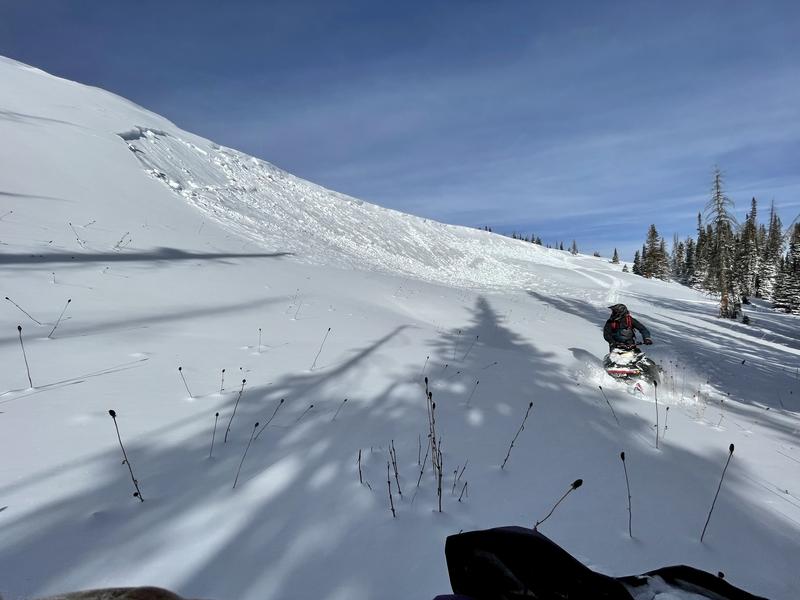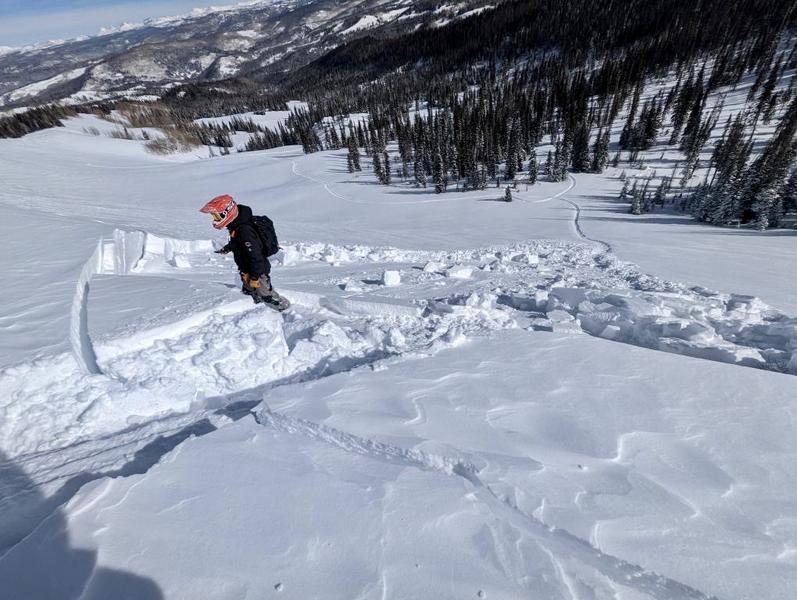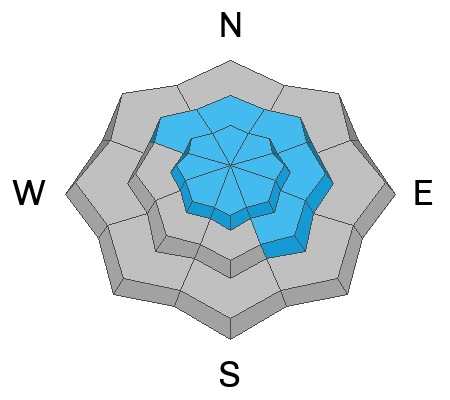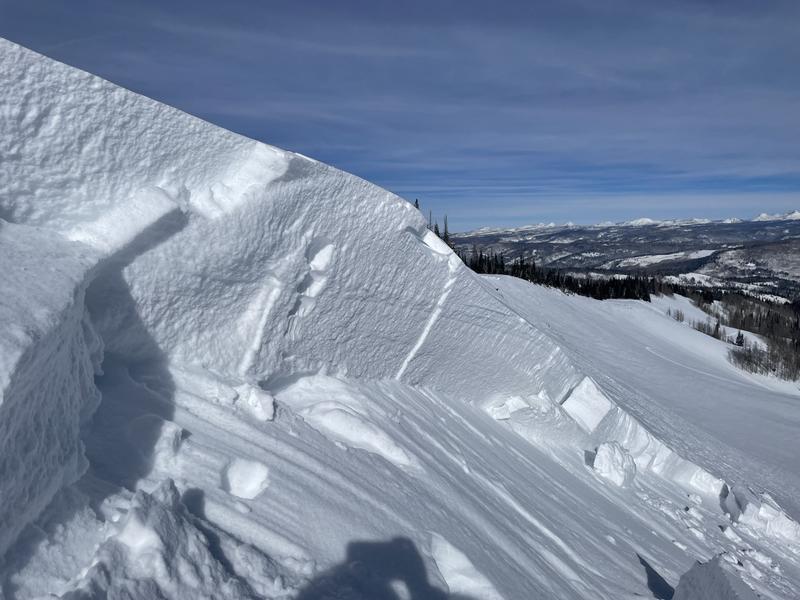Forecast for the Uintas Area Mountains

Issued by Nikki Champion on
Thursday morning, December 1, 2022
Thursday morning, December 1, 2022
The avalanche danger is CONSIDERABLE on all upper-elevation slopes where strong winds continue to form fresh wind drifts atop weak faceted snow underneath. Human-triggered avalanches are likely and natural avalanches are possible. There is a MODERATE danger on mid-elevation slopes that got overall less wind and less snow. Evaluate snow and terrain carefully, and identify any features of concern.
Heads up: With another significant storm slated to begin this evening, avalanche danger will rise rapidly with heavy snowfall and strong winds.
There is still a significant danger of hitting rocks, stumps, and other obstacles. These hazards will be hard to see, but they will be easy to hit as they have become covered with new snow. Go slow and be careful.

Low
Moderate
Considerable
High
Extreme
Learn how to read the forecast here











